How are Attics Ventilated? (Types of Attic Ventilation Systems)
Attic ventilation is one of the most important things to get right in order to make sure your roof lives out its full lifespan.
4 min read
 Christian Avy
Sep 15, 2023
Christian Avy
Sep 15, 2023
When it comes to taking care of your home, understanding the various components that contribute to its health and longevity is crucial. One of the questions that often arises is whether all roofs need ventilation. Attic ventilation might not be a topic that crosses your mind often, but it plays a significant role in maintaining the well-being of your roof and ultimately your entire home. At On Tops Roofing, a trusted local roofing company serving Raleigh, NC, we recognize the importance of this question for homeowners.
In this blog post, we will explore:
Let’s get into it!
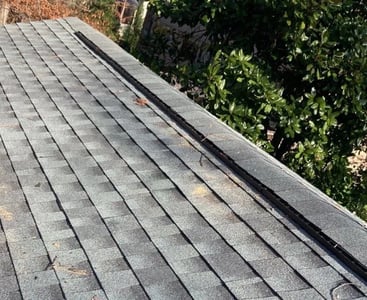
Proper attic ventilation is more than just a technicality; it's a fundamental aspect of roof maintenance. The attic is a critical space that can impact the temperature and moisture levels in your home. In a well-ventilated attic, the system works by allowing air to flow naturally. Intake vents, such as soffit vents located at the bottom of the attic, draw in cool, fresh air. This air then rises and exits through exhaust vents, like ridge vents positioned at the roof's highest points. This circulation prevents the buildup of excess heat and moisture, safeguarding your roof and preventing potential issues.
Unvented attics represent a departure from the traditional approach to attic ventilation. These attics, as the name suggests, do not incorporate the typical intake and exhaust vents. The concept of unvented attics emerged partly in response to the desire for better energy efficiency and tighter building envelopes. By sealing off the attic from external air, homeowners aim to create a more controlled interior environment. However, this approach requires careful consideration and understanding of its effects on various aspects of your home, particularly your roof.
Unvented attics come with their own set of advantages that homeowners should consider. Enhanced energy efficiency is a notable benefit, as the sealed environment reduces the exchange of air, leading to potential utility cost savings. Moreover, unvented attics can improve the efficiency of insulation. With reduced air movement, insulation retains its effectiveness, ensuring a more consistent indoor temperature.
While the benefits of unvented attics are intriguing, they also bring potential challenges. Moisture accumulation is a primary concern, as unvented attics can trap excess moisture inside. Without proper ventilation, moisture buildup can lead to mold growth and structural damage. Inadequate airflow can also contribute to indoor air quality issues, as pollutants remain trapped within the confined space.
When it comes to unvented attics, insulation takes on a paramount role in maintaining the desired indoor environment while addressing the absence of natural ventilation. Insulating an unvented attic involves carefully considering the insulation materials and strategies to effectively control temperature and moisture levels. Here are some common types of insulation used to seal an unvented attic: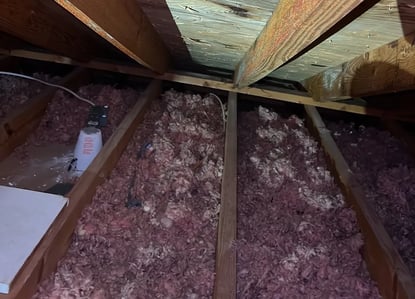
Spray Foam Insulation: Spray foam insulation is a popular choice for unvented attics due to its exceptional air-sealing properties and ability to create an airtight barrier. It comes in two main types: open-cell and closed-cell. Open-cell spray foam is effective for sound dampening and is often used in attic floors. Closed-cell spray foam, on the other hand, provides a higher R-value per inch and is suitable for sealing the roof deck. Both types of spray foam insulation can help mitigate air leakage, which is crucial for the success of unvented attic systems.
Rigid Foam Insulation: Rigid foam insulation boards are another option for insulating unvented attics. These boards are typically made of materials like expanded polystyrene (EPS) or extruded polystyrene (XPS). Rigid foam insulation is installed on the underside of the roof deck to create a thermal barrier. It provides a continuous layer of insulation that helps prevent heat transfer through the roof structure.
Mineral Wool Insulation: Mineral wool insulation, also known as rock wool or mineral fiber insulation, is made from natural minerals and recycled content. It is fire-resistant and can provide effective thermal and sound insulation for unvented attic spaces. Mineral wool insulation is often used in combination with other insulation types to achieve the desired level of thermal performance.
Cellulose Insulation: Cellulose insulation is made from recycled paper and treated with fire-retardant chemicals. It can be blown in as loose-fill insulation to cover irregular spaces and create a seamless thermal barrier. Cellulose insulation is effective at reducing air movement and can be used to insulate unvented attics, ensuring consistent temperature control.
Hybrid Insulation Systems: In some cases, homeowners opt for hybrid insulation systems that combine different insulation materials for optimal results. For example, a combination of rigid foam insulation on the roof deck and blown-in cellulose insulation in the attic floor can provide a comprehensive insulation solution for unvented attics.
When selecting insulation for an unvented attic, it's essential to consider factors such as R-value, moisture resistance, fire resistance, and the specific requirements of your home's climate and structural design. Consulting with insulation professionals and roofing experts can help you make informed decisions that align with your goals for energy efficiency, moisture control, and long-term attic health. Remember, the right insulation choice is crucial for maintaining a comfortable and well-protected living environment within your unvented attic space.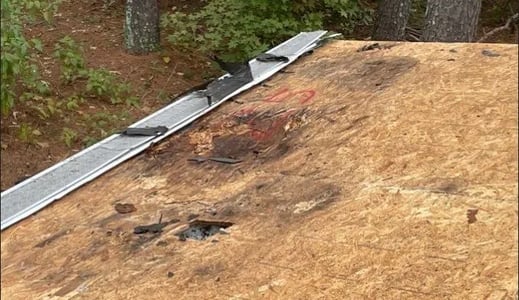
Unvented attics have a direct impact on the health of your roof. The absence of proper ventilation can lead to moisture-related problems. Accumulated moisture can compromise the integrity of roofing materials, causing them to deteriorate prematurely. Furthermore, condensation can form within the attic, potentially leading to structural issues and contributing to the formation of ice dams, which can damage your roof and gutters.
Making the decision between a vented and unvented attic requires careful consideration of various factors. Your local climate, architectural design, and long-term goals for energy efficiency and roof durability should all come into play. Consult with professionals and weigh the pros and cons of each option before deciding on the best approach for your home.
As a homeowner, understanding the implications of attic ventilation, including the concept of unvented attics, is essential for maintaining the health of your roof and your overall living space. The decision between vented and unvented attics involves a thoughtful evaluation of multiple factors. At On Tops Roofing, we're committed to providing valuable insights to empower homeowners in making informed choices that contribute to the longevity and well-being of their homes. Whether you opt for a vented or unvented attic, remember that the well-being of your roof is intrinsically connected to the decisions you make regarding attic ventilation.
On Tops Roofing has been working with builders and homeowners in the Raleigh, NC area since 1991. Whatever your roof requires, We're on it!
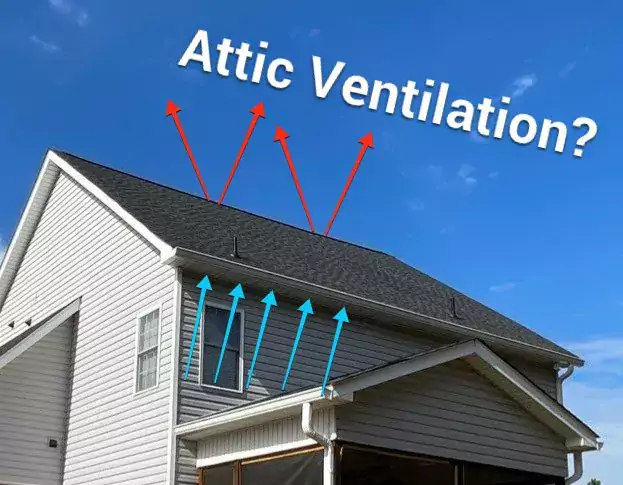
Attic ventilation is one of the most important things to get right in order to make sure your roof lives out its full lifespan.
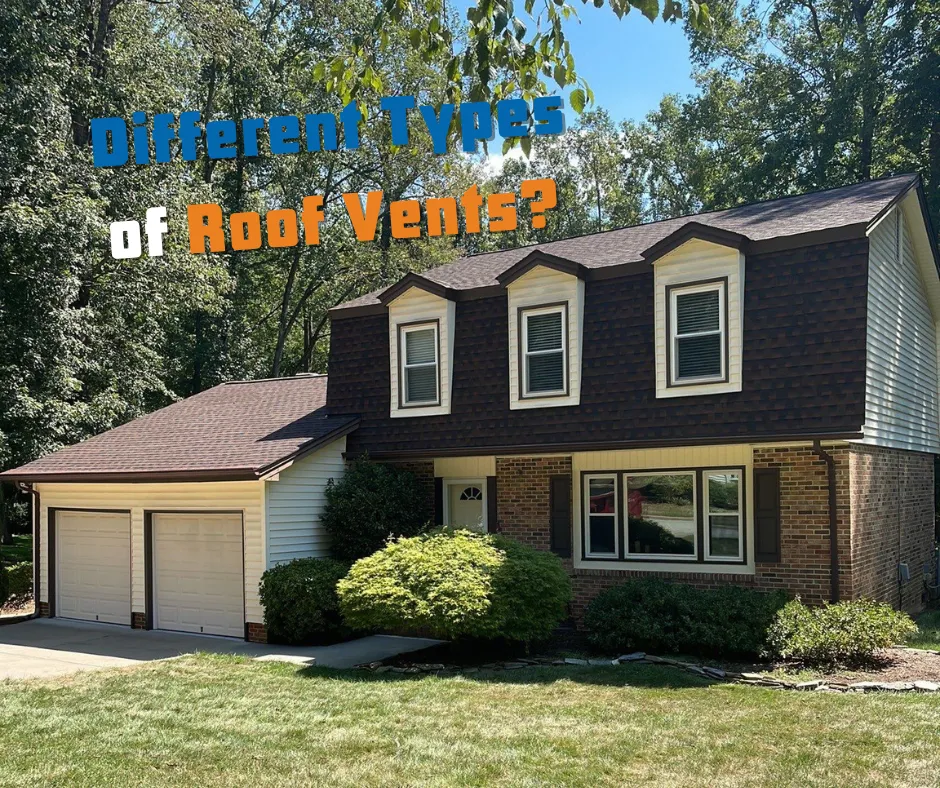
Observing your roof's vents may not be the first thing on your mind when you step outside or venture into your attic. You might wonder what these...
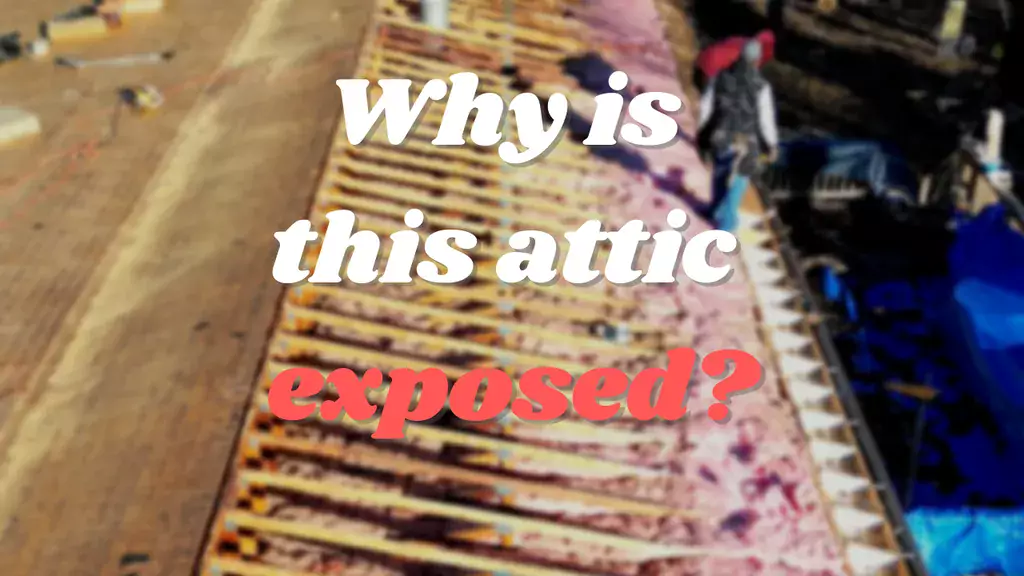
Here in Raleigh, we’ve been replacing roofs for over 30 years. In that time, we’ve gotten all kinds of questions from the homeowners that we’ve...